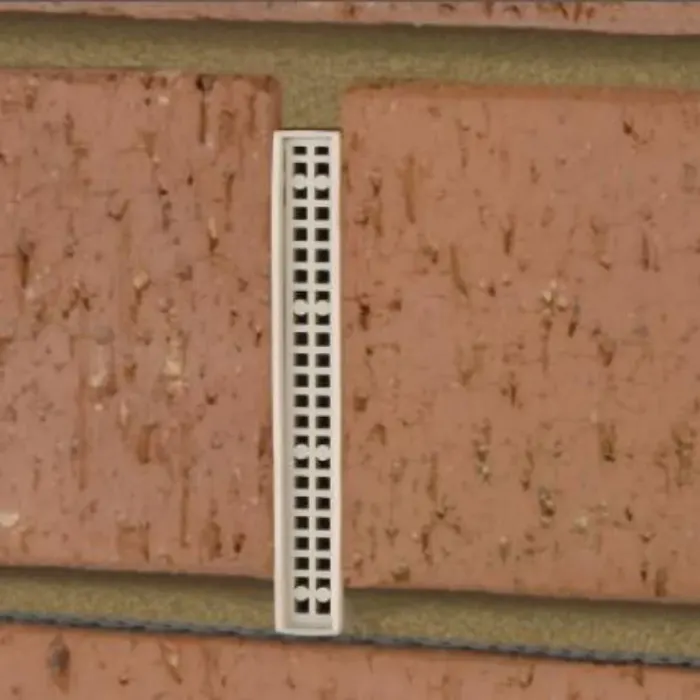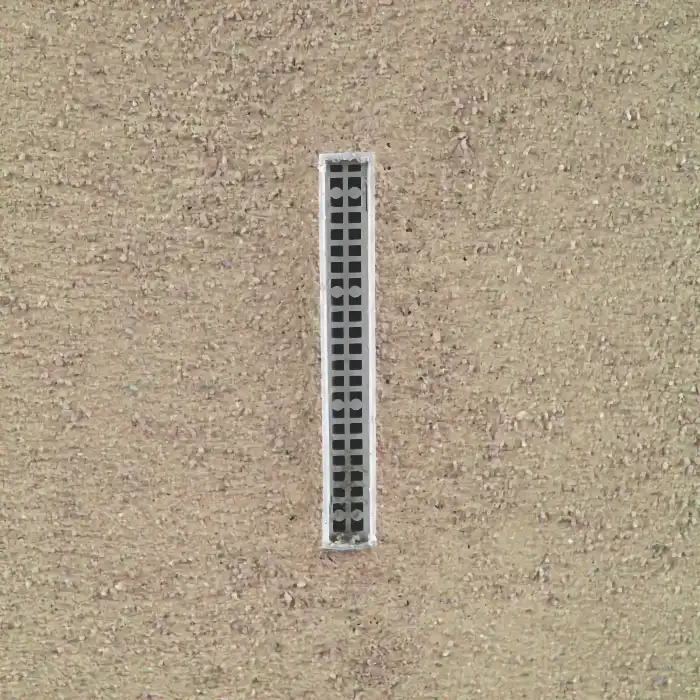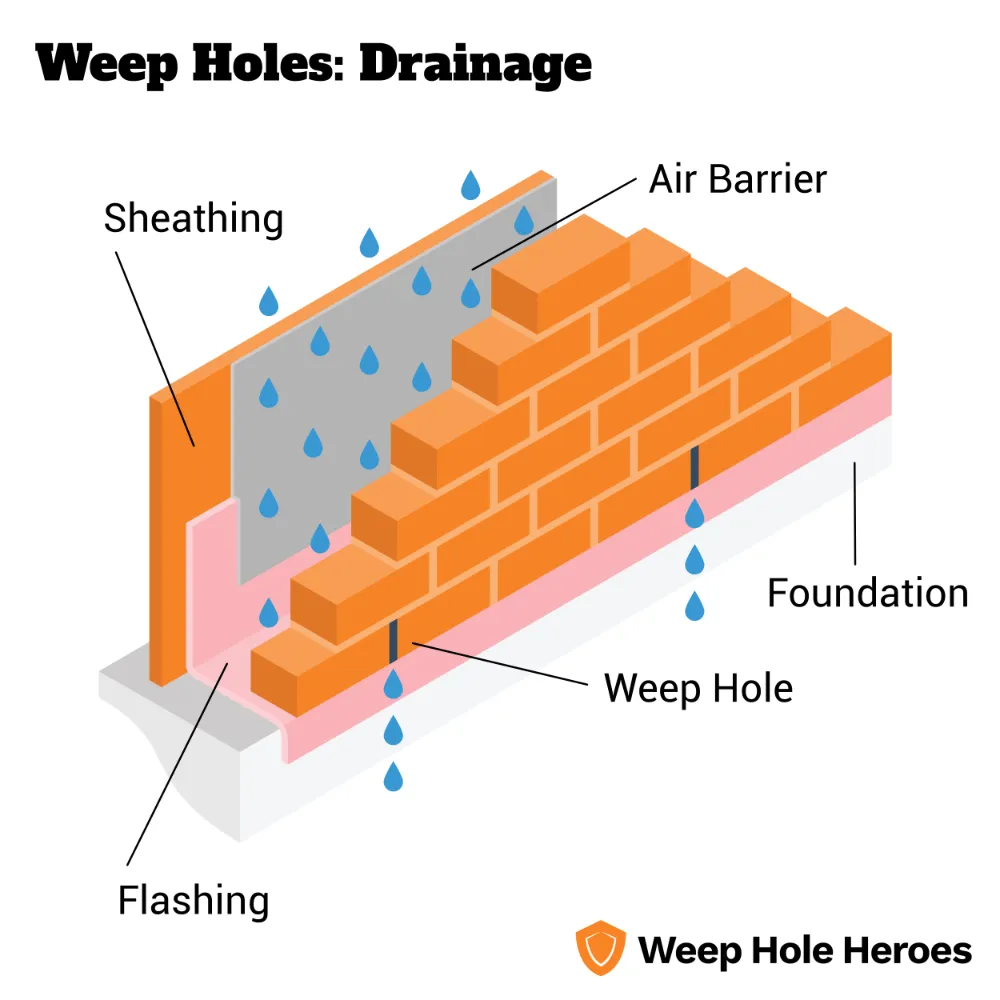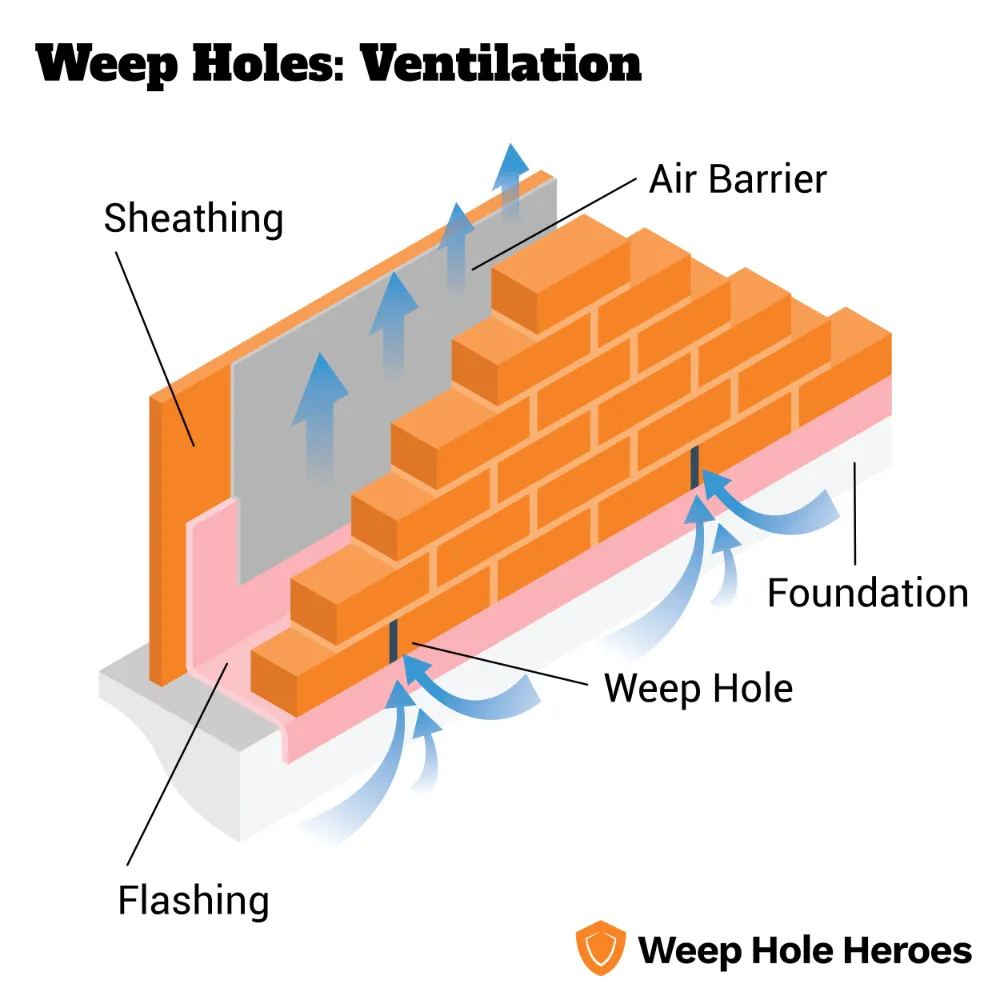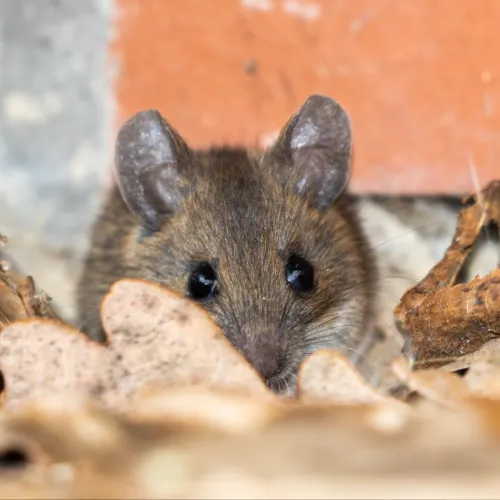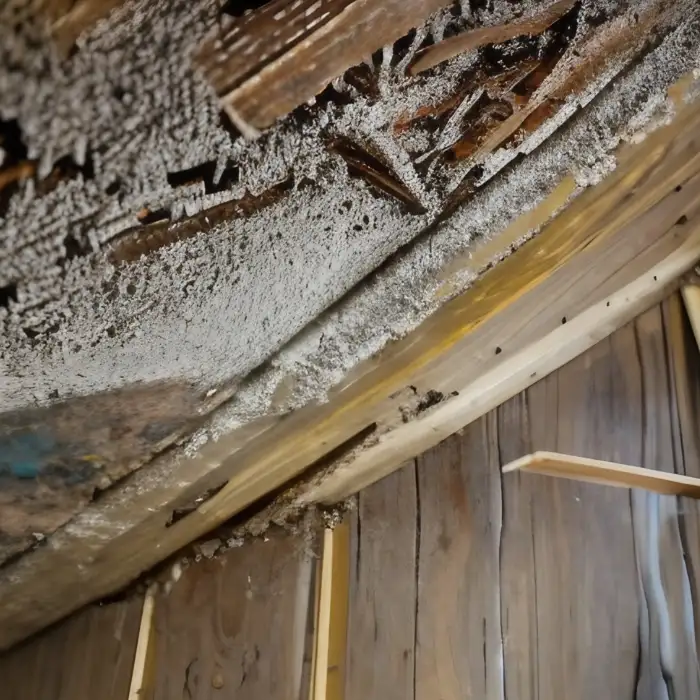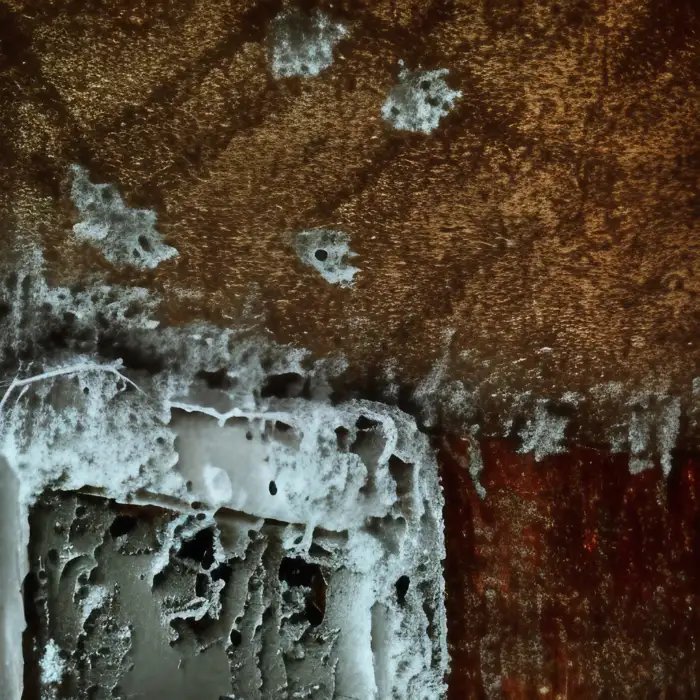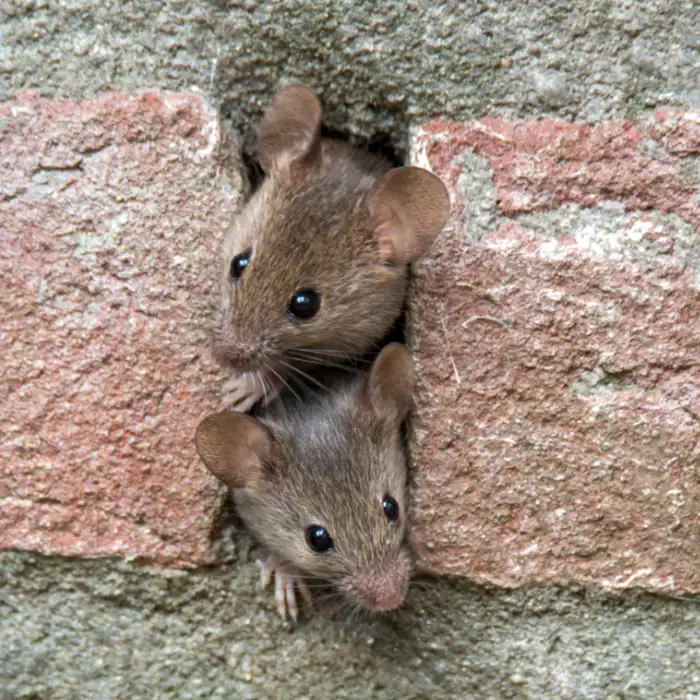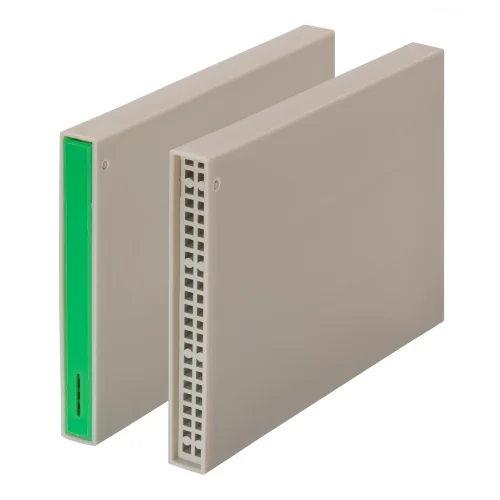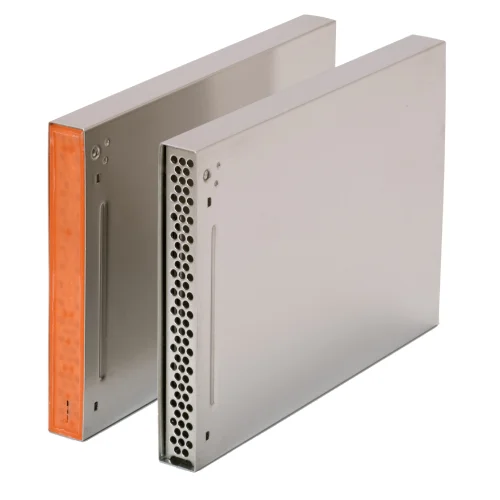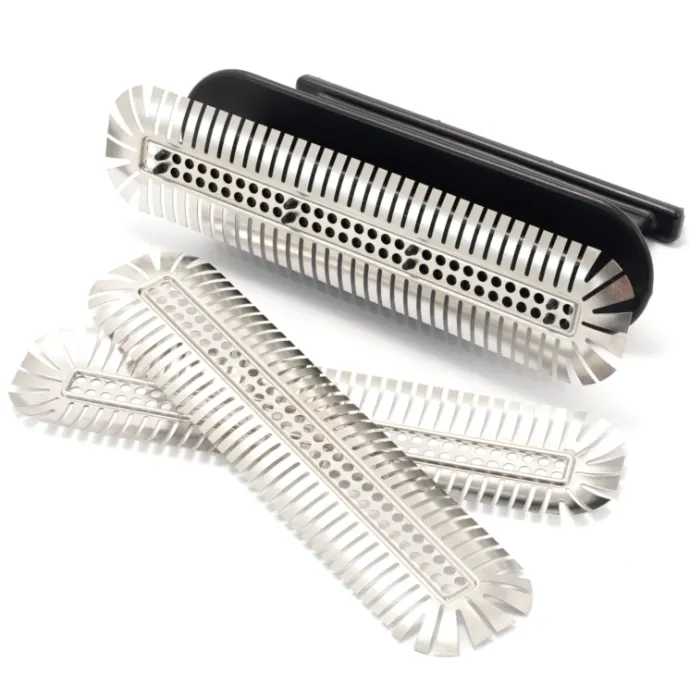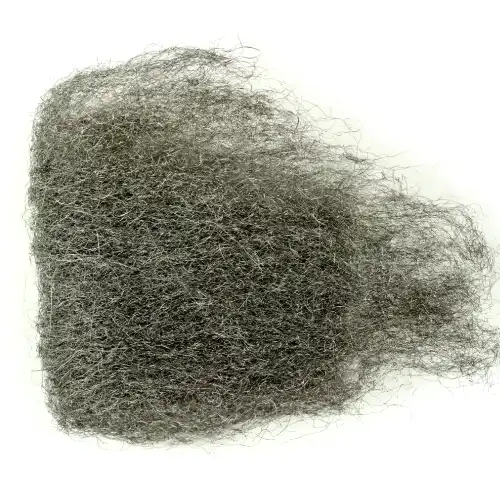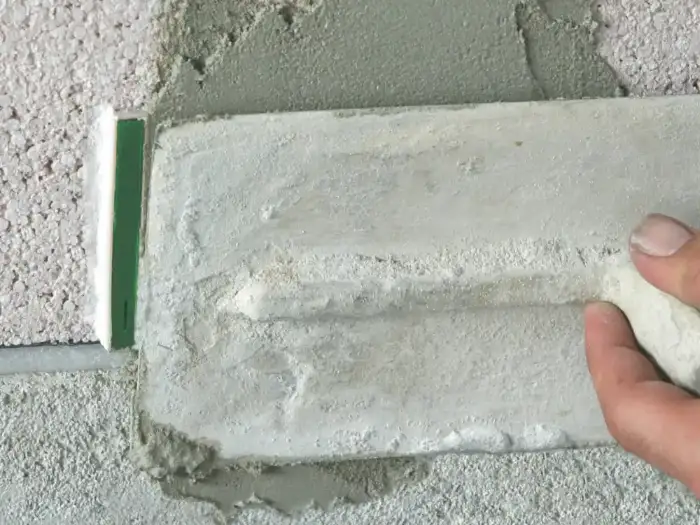What are weep vents and what is their purpose?
Weep vents may seem like a minor detail in the construction of a building, but they play an important role in the drainage and ventilation of a structure.
Just like weep hole covers for brick walls, they can afford some protection from external threats like pests, but it is their role in protecting your home’s internal structure that is of great importance.
Without them, a building’s structural integrity and the health of its inhabitants may be at risk due to the various problems these vents can prevent.
In this article, we’ll take a deep dive into brick weep vents and examine their function and purpose in more detail.
